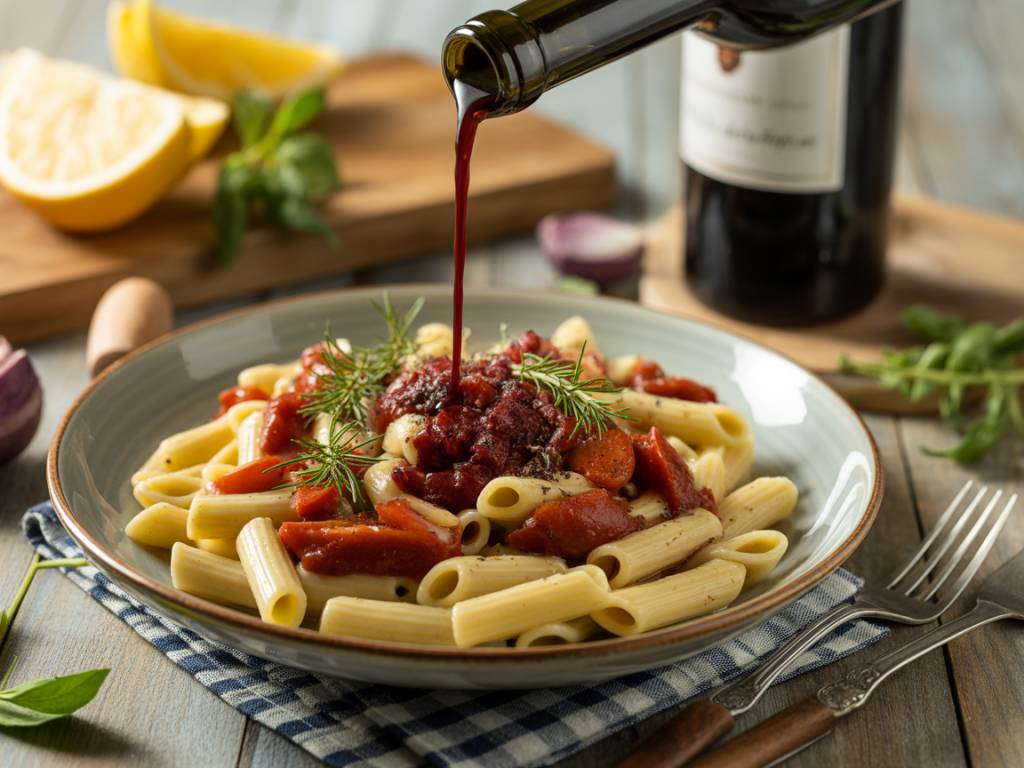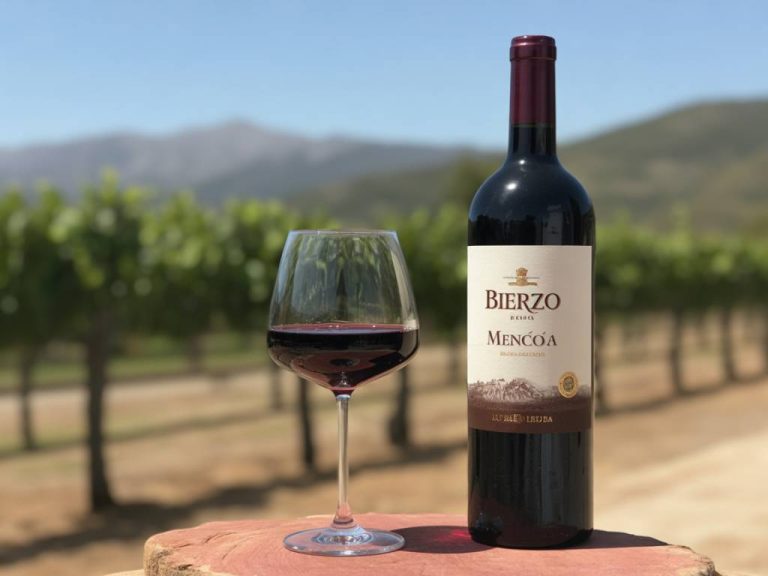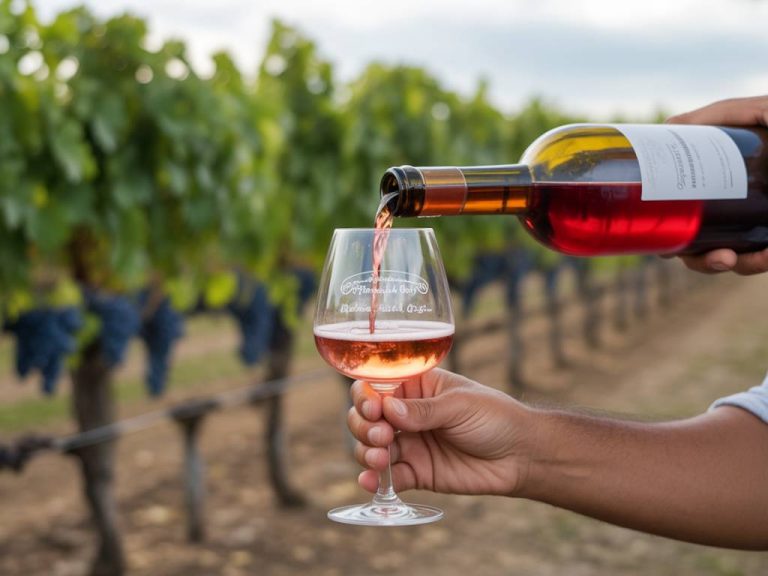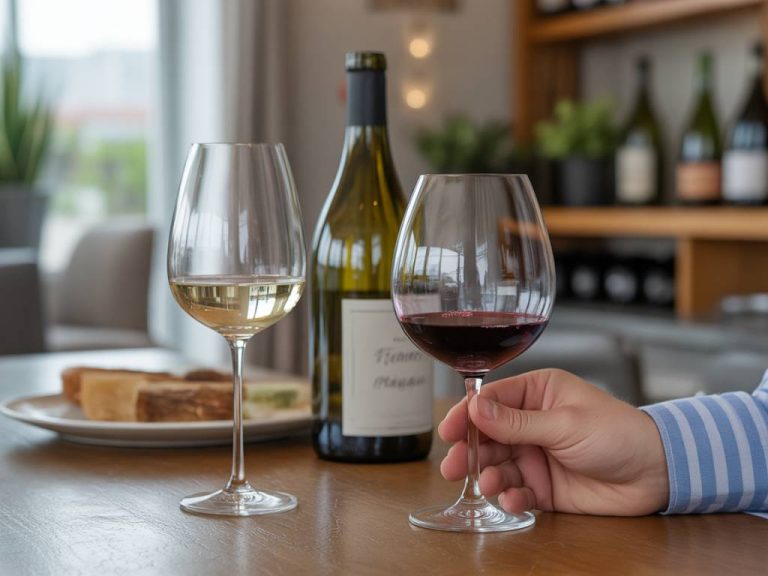
Red wine sauce for pasta: recipes and wine suggestions
Why Red Wine Sauce Deserves a Spot in Your Pasta Repertoire
If you’ve ever opened a bottle of red just to sip alongside your favorite pasta, you’ve flirted with the magic of pairing wine with food. But what if the wine wasn’t just in your glass — what if it was also in your sauce?
Red wine sauce for pasta is a seriously underrated staple. It marries depth, acidity, and a subtle fruitiness that elevates everything from mushrooms to slow-cooked meats. And don’t worry — you don’t need to be a chef or have a cellar of Grand Cru bottles to get it right.
What Makes Red Wine Sauce Work?
There’s science and soul behind this sauce. Red wine contributes three key elements to pasta sauces:
- Acidity: Red wine brightens the dish, balancing the richness of oils, butter, or meat.
- Umami: Especially in wines that have aged a bit, the complex flavor compounds enhance savory ingredients.
- Body: The alcohol cooks off, but the texture and tannins remain, giving structure to the sauce.
Think of red wine not just as a flavor, but as a framework. It binds ingredients and introduces complexity without overpowering.
Which Wine Should You Cook With?
The golden rule: Don’t cook with a wine you wouldn’t drink. That doesn’t mean it has to be your Saturday night splurge bottle — just something balanced and honest.
Here are wines I often use in my own kitchen (and in restaurant kitchens) for red wine sauces:
- Cabernet Sauvignon: Bold and structured. Great for meat-based sauces like ragù or beef sugo.
- Merlot: Softer, rounder tannins. It adapts beautifully to vegetarian dishes with mushrooms or roasted tomatoes.
- Zinfandel: Fruit-forward with a spicy kick. Try it with sausages or chorizo-based sauces.
- Chianti (or other Sangiovese): High acidity, herbal edge. Perfect for tomato-based sauces — the way Italian nonnas do it.
Avoid wines that are too sweet or heavily oaked — they tend to clash with the acidity of tomatoes or result in a muddy flavor profile.
Red Wine Sauce Recipes Worth Mastering
Let’s get our hands dirty — metaphorically. Below are three red wine pasta sauce recipes I reach for time and again. Each can be adapted depending on your pantry, prep time, and wine rack.
1. Classic Red Wine Tomato Sauce
This is a go-to: hearty, flexible, and weeknight-friendly.
- 1 medium onion, finely chopped
- 2 cloves garlic, minced
- 2 tbsp olive oil
- 1 tsp dried oregano
- 1/2 cup dry red wine (Chianti or Merlot works great)
- 1 can (28 oz) crushed tomatoes
- Salt and black pepper to taste
- Fresh basil or parsley, optional
Heat the oil in a saucepan over medium heat. Add onions and cook until translucent. Stir in garlic and oregano, then pour in the wine. Let it reduce by half (5–7 minutes), then add the tomatoes. Simmer for 20–30 minutes, stirring occasionally. Season, garnish, and serve over spaghetti or penne. A sprinkle of Parmesan or Pecorino? Always encouraged.
2. Red Wine Mushroom Bolognese (Vegetarian)
No meat, but no compromise on depth. Mushrooms and red wine build a rich, umami-driven base.
- 3 tbsp olive oil
- 1 onion, diced
- 2 carrots, diced
- 2 celery stalks, diced
- 3 cloves garlic, minced
- 1 lb mushrooms, minced or finely chopped
- 1 cup red wine (try Pinot Noir for something earthy)
- 1 tbsp tomato paste
- 1 can diced tomatoes
- 1 bay leaf
- Salt, pepper, thyme to taste
Sauté veggies in oil until soft. Add mushrooms and cook until they release their moisture and begin to brown. Stir in tomato paste, then deglaze with wine. Simmer until reduced, add tomatoes and seasonings, and cook on low for 30–40 minutes. Serve with fettuccine or pappardelle.
3. Short Rib Ragù with Red Wine Reduction
A little more effort, a lot more wow. This is a cold-weather stunner perfect for pairing nights.
- 2 lb bone-in short ribs or chuck
- Salt and pepper
- 2 tbsp olive oil
- 1 onion, chopped
- 2 carrots, chopped
- 2 garlic cloves
- 1 tbsp tomato paste
- 2 cups full-bodied red wine (Cabernet or Syrah)
- 1 cup beef stock
- Fresh thyme, bay leaf
Season and sear the meat until browned. Sauté the vegetables, stir in tomato paste, then deglaze with wine. Return meat to pot, add stock and herbs, and braise in the oven at 300°F for 3 hours. Shred the meat and reduce the sauce down until rich and glossy. Serve with wide noodles and a glass of the same red wine. This is wine sauce at its boldest — and most satisfying.
Pairing Wine with Red Wine Sauce Pasta Dishes
When pairing the finished dish with a wine in your glass, the key is harmony. Echo the notes you’ve cooked with, but give the experience a lift. Here are some matchups I recommend frequently with clients and during tastings:
- Classic Tomato + Chianti: The matching acidity means everything stays fresh and vibrant.
- Mushroom Bolognese + Pinot Noir: Earth meets earth. Add truffle oil and it’s a game-changer.
- Short Rib Ragù + Syrah: Dark fruit and peppery notes meet slow-cooked richness.
- Sausage + Zinfandel: Spicy, juicy, and bold. Think of it as Italian-American soul food.
One important tip: if the sauce is very acidic (thanks, tomatoes), your wine needs higher acidity too — otherwise it’ll taste flat. Sangiovese, Nebbiolo, or cool-climate Cab Franc are strong allies.
Tips for Better Cooking with Wine
Here’s where a little technique helps a lot. I’ve made (and watched) every mistake in the book — so here’s how to avoid the common pitfalls:
- Reduce, reduce, reduce: Don’t just dump wine into your sauce. Let it reduce by at least half to concentrate flavor and cook off alcohol.
- Use stainless or enameled pots: Avoid cast iron when cooking with wine — acid and metal don’t play well together.
- Add early, not late: Add the wine while sautéing or after aromatics. It needs heat and time, not just a quick splash at the end.
- Balance your sauce: Taste often. A pinch of sugar can balance a tart tomato-wine base. A knob of butter softens tannins and adds gloss.
Wine Reduction Sauces Beyond Pasta
Once you’re comfortable with red wine in pasta, it opens a world of saucing opportunities. Need a quick dinner party idea? Deglaze a pan with wine after searing steak, then stir in a little butter and shallot — voilà: a sauce that suggests you spent hours when you didn’t. There’s grace in simplicity when wine is involved.
I’ve also paired wine reductions with grilled vegetables, lentil stews, and even as a drizzle over roasted beets with goat cheese. Think beyond the plate and into the glass — there’s a world of flavor overlap waiting to be explored.
So next time you uncork a bottle, set aside a splash or two for the skillet. You’re not just cooking — you’re composing.



